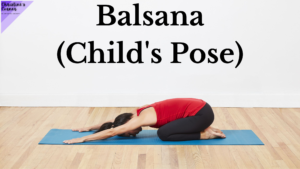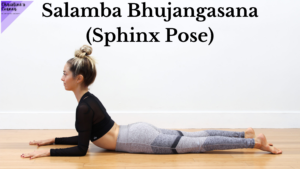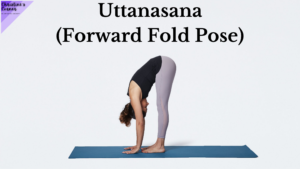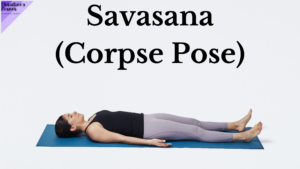How Practicing Yoga Helps with Epilepsy

I have spent hours looking into the connection between yoga and epilepsy, spending time on my computer trailing down the depths of the Internet, looking for research that links the usefulness of yoga and dealing with epilepsy. However, everything that I have come across is usually limited or poorly referenced. This isn’t surprising, given that epilepsy itself is so variable from person to person and there is very little research into epilepsy to begin with.
For me, yoga plays a huge part in handling my seizures on a day to day basis. And because of this, I’m confident it can help others, too – if not by physically reducing seizures, then at least by making it easier to get your head round them and accept what’s going on with your body.
A few years ago, I began to practice yoga five or six days a week and very quickly felt the difference; I was calmer and felt more connected to my body.
Here are 5 easy yoga poses that help me relax:

Balsana, also known as Child’s Pose, is perfect for if you’re feeling a bit unsteady or anxious. This pose is an awesome stress reliever and can be reassuring if you think you might have a seizure soon or if you are in a post seizure phase. It’s also a really lovely, gentle stretch for the hips, back and neck, and may be helpful if you experience pain after seizures.

Salamba Bhujangasana, also known as Sphinx Pose, is so easy and relaxing. In addition, this pose is amazing for your back – which is great if you have a lot of tension from stress and anxiety and as people living with epilepsy, we all experience that at some point!
Kapotanasana, also known as Pigeon Pose, lengthens the hip flexors whilst giving space to breathe into the body and check in with how you’re feeling. I found that by doing this pose, it allowed my hips to stretch out giving me more overall balance in my body.

Uttanasana, also known as Forward Fold Pose, might seem overly simple, but it can also provide a great sense of balance. Adding a gentle rock backwards and forwards changes this pose into a more relaxing pose. If you can’t bend all the way forward, you can also try things like bending your knees slightly to allow you to bend more forward or putting your hands on your shins instead of straining to reach the floor.

Savasana, also known as Corpse Pose, is so important to help your body realign, both physically and mentally. The key to this pose is to focus on your breathing and be mindful about every part of your body.
Try these easy yoga exercises every few days to relax your body and mind.
Also, if you are interested in doing more yoga, click here to register for Mindful Movement with Dela, which is a free online weekly yoga class hosted by the BC Epilepsy Society and taught by Registered Yoga Instructor, Dela Coutts. Classes will be held from 12 PM to 1 PM PST via Zoom every Wednesday from Wednesday January 13th to Wednesday March 3rd. I hope to see you there!





